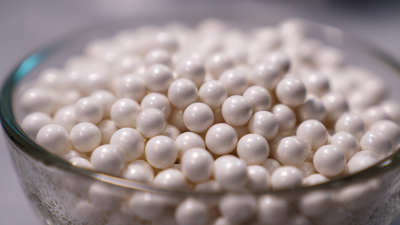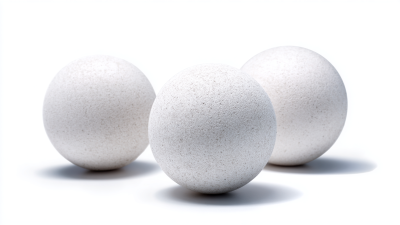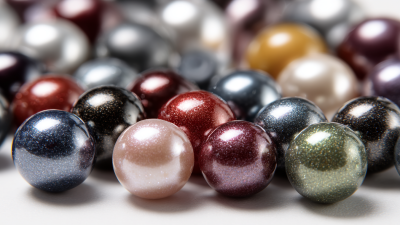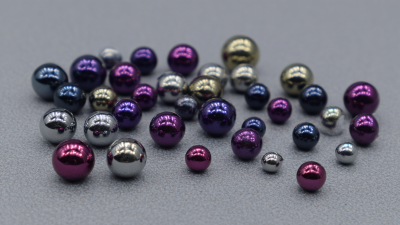In recent years, the industrial landscape has increasingly recognized the myriad advantages of utilizing Zirconium Oxide Beads, particularly within the realms of material processing and surface treatment. According to a report by MarketsandMarkets, the global market for ceramic beads is projected to reach $2.4 billion by 2026, driven by their superior properties such as high density, excellent wear resistance, and exceptional chemical stability.
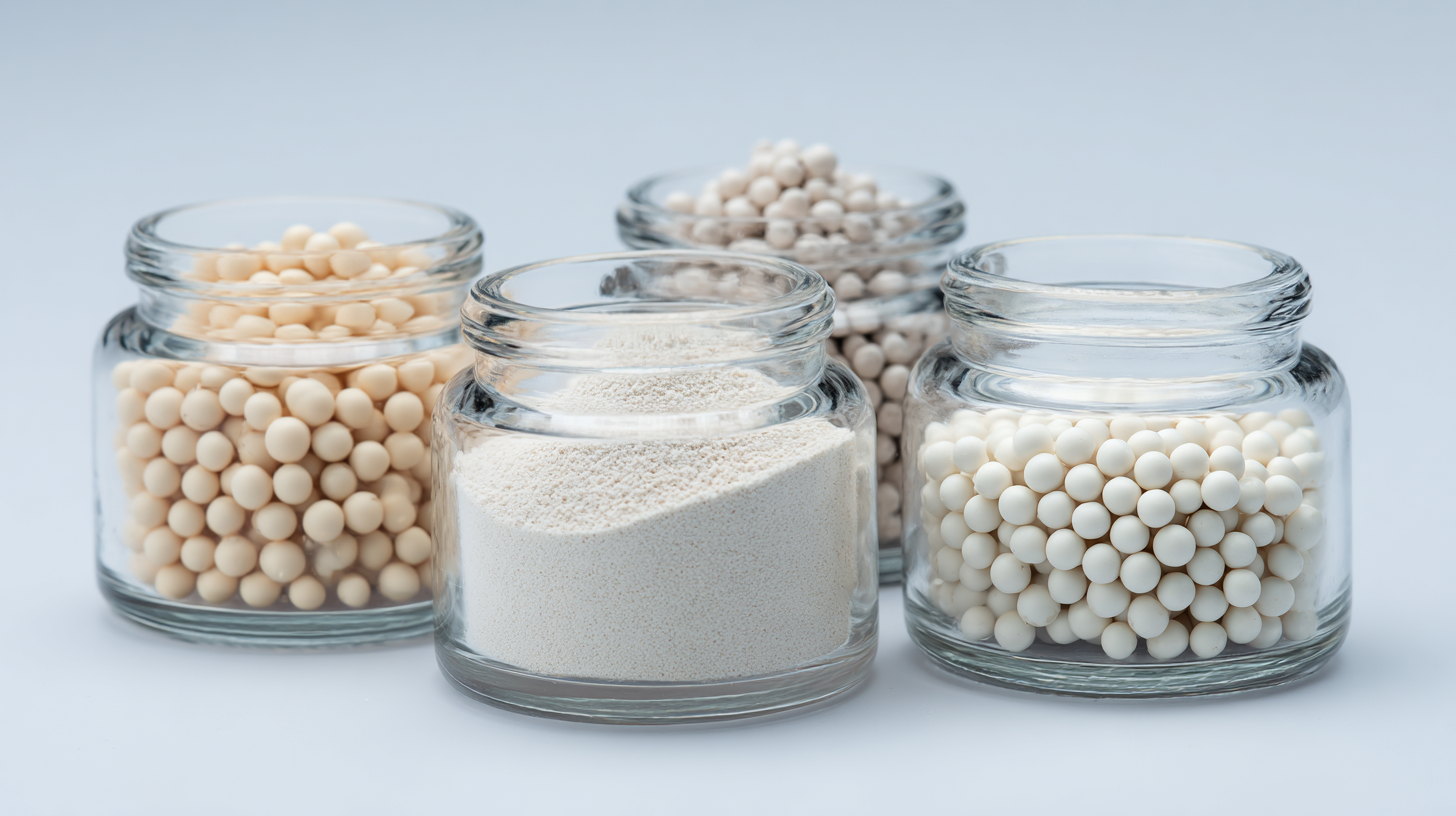
Zirconium Oxide Beads have emerged as a game-changer in various applications including milling, grinding, and as additives in coatings, enabling enhanced performance and cost-effectiveness. As industries strive for more sustainable and efficient solutions, the unique characteristics of Zirconium Oxide Beads not only meet but exceed the demands of modern manufacturing, paving the way for innovative technologies and methodologies that optimize production while minimizing environmental impact. Understanding these hidden benefits allows businesses to leverage Zirconium Oxide Beads for competitive advantage in an ever-evolving market.
Zirconium oxide beads have emerged as a pivotal material in modern industry, primarily due to their unique properties that drive innovation across various applications. With a remarkable hardness of approximately 8.5 on the Mohs scale, these beads demonstrate exceptional wear and corrosion resistance. According to a recent report by the Global Advanced Ceramics Market, the demand for zirconium oxide in high-performance applications is projected to grow at a CAGR of 6.2% from 2022 to 2027, highlighting their importance in sectors such as manufacturing, automotive, and biomedical.
One of the standout features of zirconium oxide beads is their superior thermal stability, allowing them to perform reliably even in extreme temperature environments. This property makes them ideal for use in grinding and milling processes, where maintaining precision is critical. Additionally, their low density contributes to enhanced energy efficiency during operations, further driving cost-effectiveness in industrial processes.
Tip: When selecting zirconium oxide beads for your applications, consider the specific requirements for size and shape, as these factors can significantly influence performance and efficiency.
Moreover, the biocompatibility of zirconium oxide also opens up avenues for its use in the medical field, particularly in dental and orthopedic implants. This attribute allows for longer-lasting and more reliable solutions in healthcare transformations, aligning with the industry's growing focus on innovative materials.
Tip: Always consult with material experts to ensure the chosen zirconium oxide bead specifications align with your end-use needs to maximize performance and safety.
Zirconium oxide beads have emerged as a crucial component in abrasive applications, showcasing remarkable efficiency and durability. Their unique properties make them ideal for high-performance grinding processes, particularly in industries that demand precision and quality. The ability of zirconium oxide beads to withstand significant wear and tear under harsh conditions enhances their appeal in milling operations, leading to improved productivity and reduced downtime.
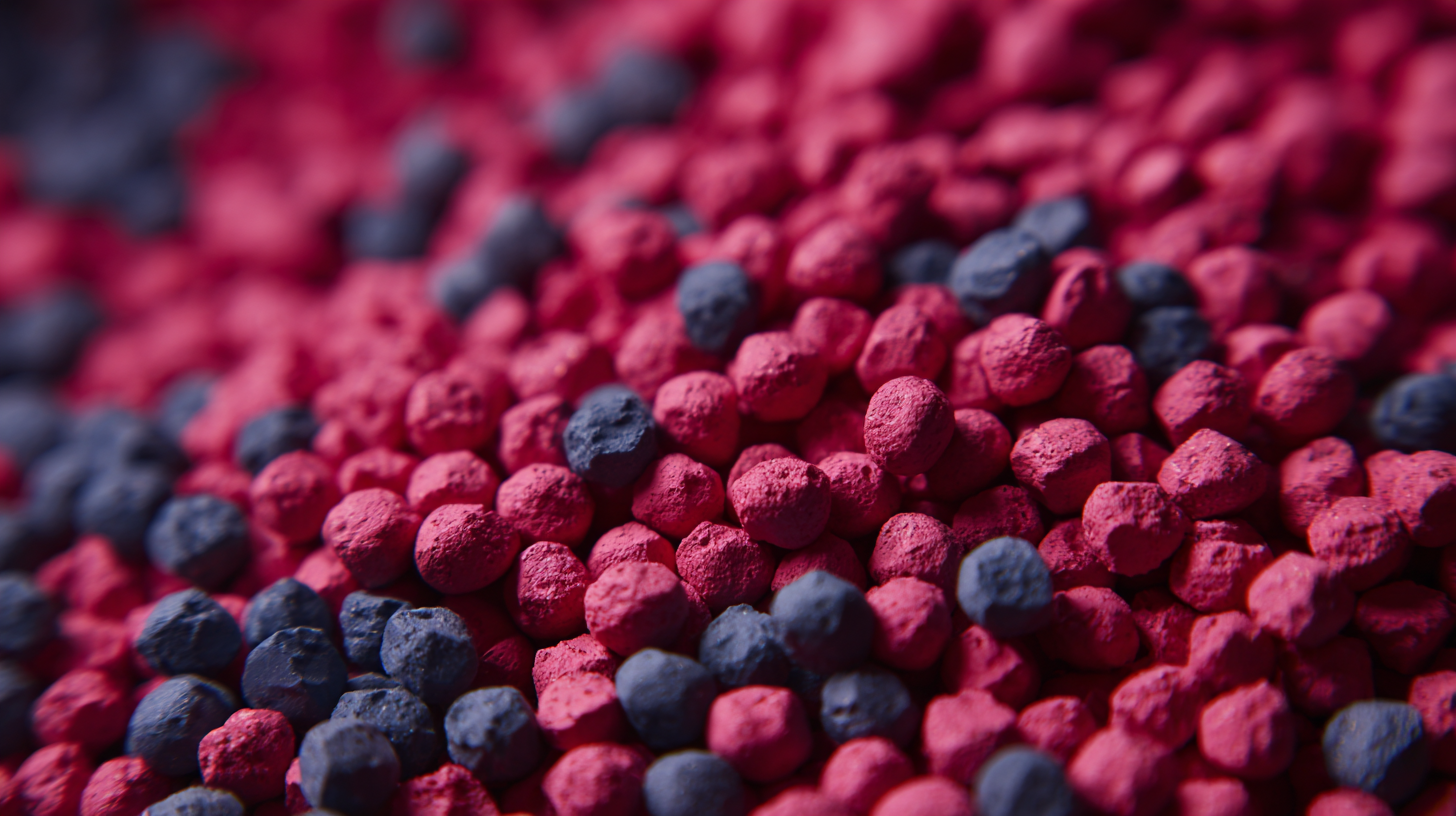
Recent advancements in milling technologies have further highlighted the utility of zirconium oxide beads, particularly in small-batch wet grinding processes. Innovative designs in agitator bead mills facilitate the exploitation of these beads, allowing for finer particle sizes and enhanced material characteristics. As industries increasingly turn to nanomaterials, the role of zirconium oxide in achieving efficient and effective milling cannot be overstated. The growing demand for high-performance grinding media is indicative of the significant impact zirconium oxide beads are having across modern industrial applications.
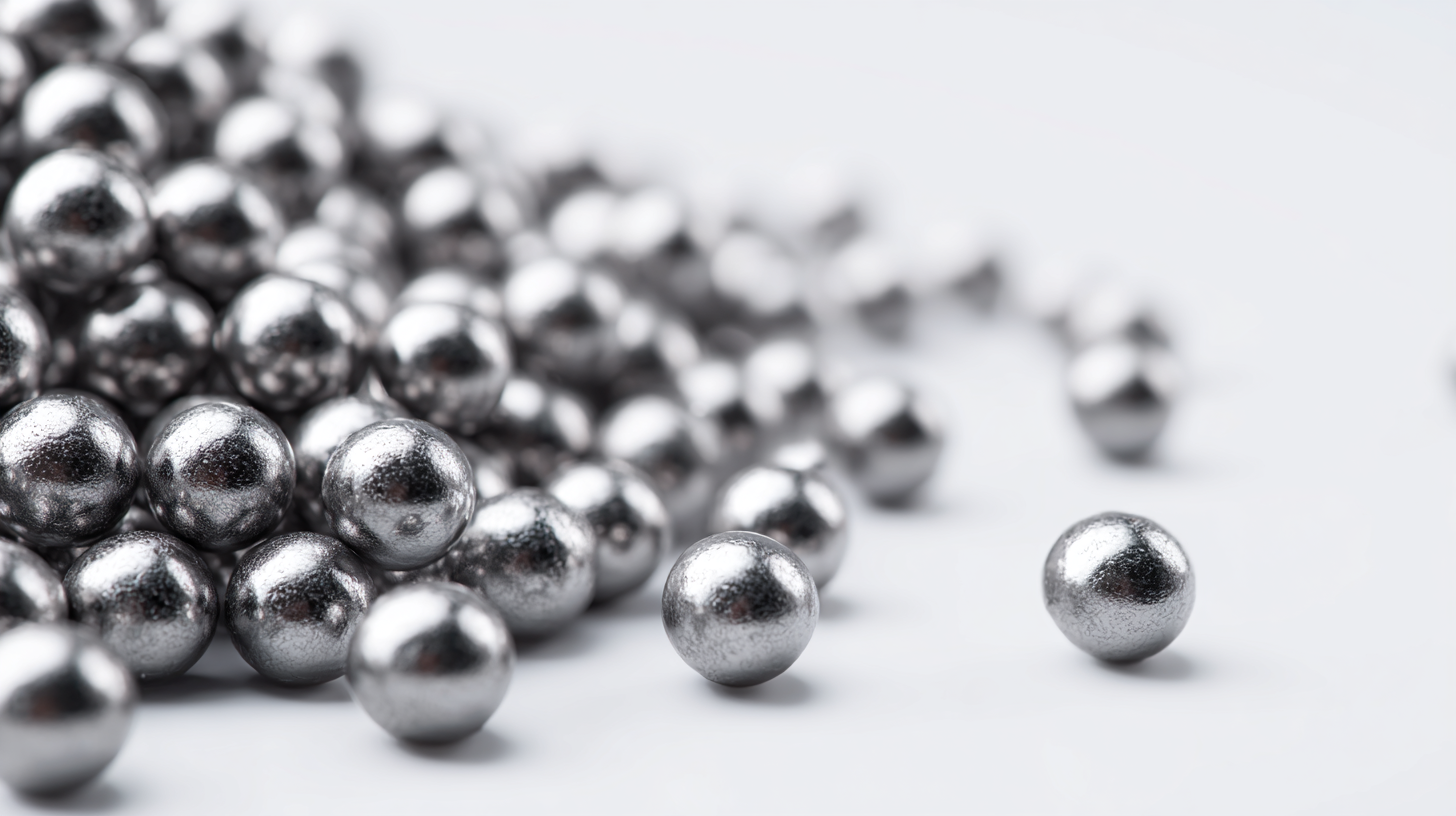 Zirconium oxide beads are becoming increasingly vital in modern industrial processes, not only due to their exceptional physical properties but also their significant environmental advantages. One of the primary benefits of using zirconium oxide is its non-toxic nature, which ensures that industrial operations remain safe for both workers and the surrounding ecosystem. Unlike some other materials that may leach harmful substances, zirconium oxide is stable and does not produce harmful byproducts, making it a preferred choice for sustainable manufacturing practices.
Zirconium oxide beads are becoming increasingly vital in modern industrial processes, not only due to their exceptional physical properties but also their significant environmental advantages. One of the primary benefits of using zirconium oxide is its non-toxic nature, which ensures that industrial operations remain safe for both workers and the surrounding ecosystem. Unlike some other materials that may leach harmful substances, zirconium oxide is stable and does not produce harmful byproducts, making it a preferred choice for sustainable manufacturing practices.
Moreover, zirconium oxide beads contribute to resource efficiency. Their durability and resistance to wear and tear allow for a longer lifespan compared to traditional materials, reducing the need for frequent replacements. This longevity translates to lower resource consumption and waste generation, aligning with the growing emphasis on sustainable industrial processes. Additionally, the use of zirconium oxide can enhance energy efficiency in various applications, leading to lower energy costs and a reduced carbon footprint for industries that prioritize sustainability. Overall, the integration of zirconium oxide beads not only supports industrial performance but significantly bolsters environmental stewardship.
Zirconium oxide beads have emerged as a superior alternative to traditional materials in various industrial applications, particularly in the fields of grinding, milling, and dispersion. Unlike conventional materials such as glass or steel balls, zirconium oxide beads demonstrate exceptional durability and chemical resistance. According to a recent report by Market Research Future, the demand for zirconium oxide in industrial applications is expected to grow by over 25% in the next five years, driven by its performance advantages.
When comparing zirconium oxide beads to traditional materials, several key factors stand out. For instance, zirconium oxide beads are significantly lighter, which reduces energy consumption during high-speed operations. Additionally, they provide a more uniform particle size distribution, resulting in improved product quality and consistency. These beads also exhibit reduced wear on equipment, leading to lower maintenance costs and extended operational life.
**Tips:** When selecting the right grinding media for your processes, consider conducting a cost-benefit analysis that includes the total cost of ownership. This should encompass initial investments, maintenance expenses, and the expected lifespan of the materials used. Utilizing zirconium oxide beads could yield substantial savings in the long run, given their durability and efficiency. Always consult with a supplier to ensure compatibility with your specific application needs.
Zirconium oxide beads have emerged as a pivotal player in various modern industries, significantly enhancing processes in fields like ceramics, electronics, and pharmaceuticals. Their exceptional hardness and resistance to wear make them ideal for grinding and milling applications, leading to increased efficiency and reduced production times. For example, in the ceramic industry, these beads are employed to create high-quality, finely milled materials that result in superior products. This enhancement not only optimizes product quality but also minimizes waste during manufacturing.
**Tips:** When selecting zirconium oxide beads for your industrial applications, consider factors such as bead size, density, and surface finish. Tailoring these characteristics to your specific needs can maximize both performance and cost-effectiveness.
Additionally, zirconium oxide beads are noteworthy in the electronics sector, where they serve as effective grinding media for producing advanced materials used in semiconductors. Their ability to withstand high temperatures and corrosive environments ensures that they maintain their integrity throughout the manufacturing process. This reliability contributes to the overall success and durability of electronic components, showcasing the essential role these beads play in modern technological advancements.
**Tips:** To enhance productivity, monitor the wear rate of zirconium oxide beads in your operations. Regular evaluations can help you adjust processes and reduce downtime, ensuring your production line operates smoothly.
| Application | Industry | Benefit | Impact on Performance |
|---|---|---|---|
| Ceramics Production | Manufacturing | Enhanced durability | Improved product lifespan |
| Paints and Coatings | Chemical | Increased abrasion resistance | Longer-lasting finishes |
| Medical Devices | Healthcare | Biocompatibility | Safer medical applications |
| Abrasives | Manufacturing | High hardness | Efficient material removal |
| Electrical Insulation | Electronics | Excellent electrical properties | Improved device reliability |
